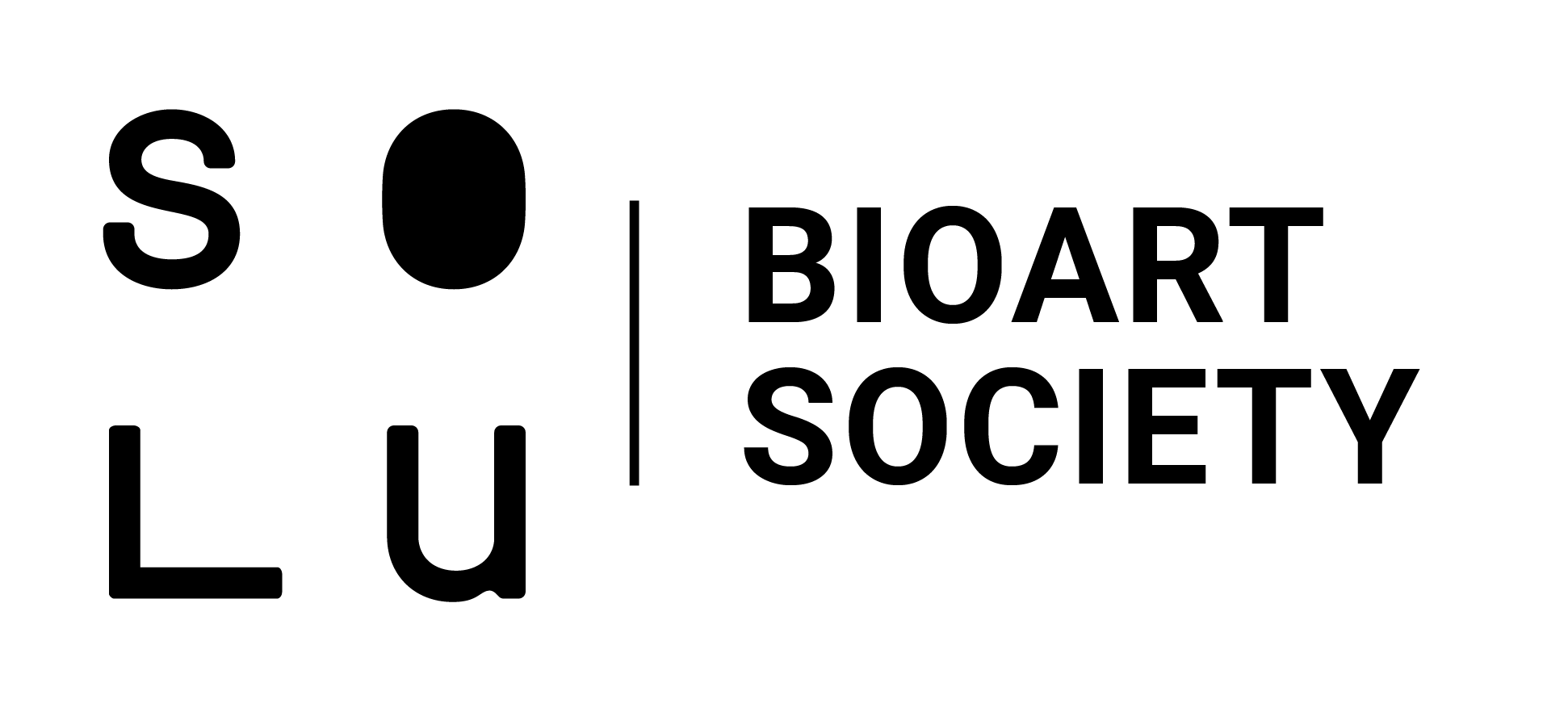Oron Catts
Molecular biology: central dogma, DNA, gene expression, proteins, restriction digests, gels, plasmids, vectors, ligase, PCR, sequencing & synthesis
DNA: deoxyribonucleic acid, a self-replicating material which is present in nearly all living organisms as the main constituent of chromosomes. It is the carrier of genetic information. The fundamental and distinctive characteristics or qualities of someone or something, especially when regarded as unchangeable.
Plasmid: a genetic structure in a cell that can replicate independently of the chromosomes, typically a small circular DNA strand in the cytoplasm of a bacterium or protozoan. Plasmids are much used in the laboratory manipulation of genes.
Synthetic biology builds on the advances in molecular, cell, and systems biology and seeks to transform biology in the same way that synthesis transformed chemistry and integrated circuit design transformed computing. The element that distinguishes synthetic biology from traditional molecular and cellular biology is the focus on the design and construction of core components (parts of enzymes, genetic circuits, metabolic pathways, etc.) that can be modelled, understood, and tuned to meet specific performance criteria, and the assembly of these smaller parts and devices into larger integrated systems that solve specific problems. [source]

Some links:
DNA – extraction and precipitation; Bio-Rad kits:
syntheticbiology.org
syntheticbiology.org/FAQ
“Can CocaCola destroy the crime scene DNA evidence?” www.collective-evolution.com

